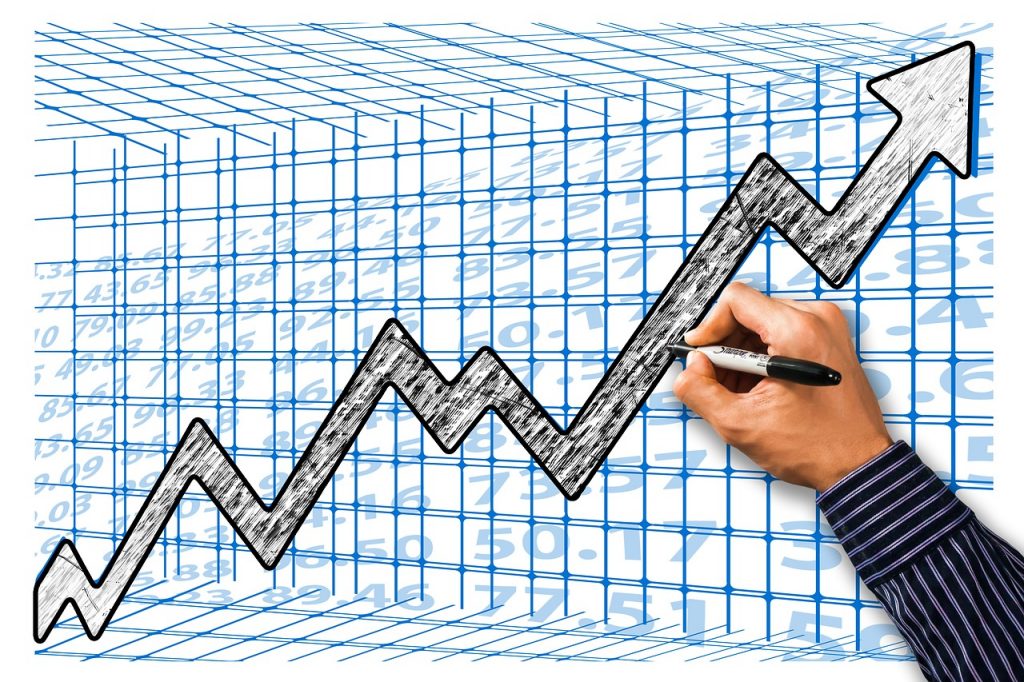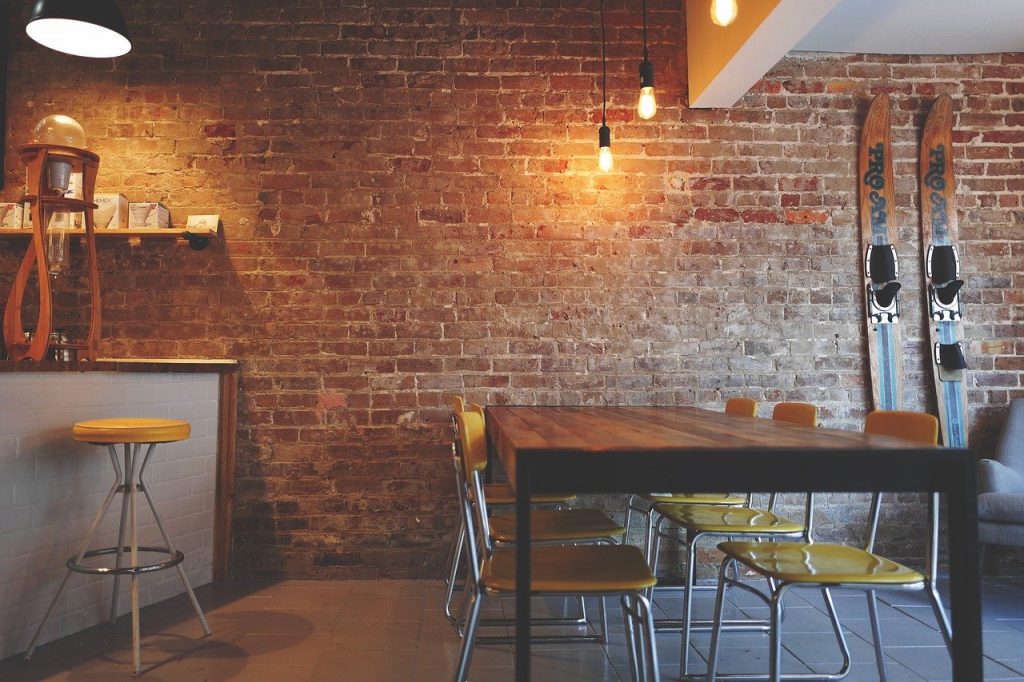Determining the value of a restaurant is beneficial to multiple parties: the seller, the buyer, and the investor.
The seller, usually the owner of the restaurant, is the party who will most likely do a restaurant business valuation. The main reasons behind this is because they want to know how much money they’ll be getting if they sell the restaurant.
The reason for selling a restaurant is different for every owner. One possible reason is that the owners are halfway through their ROI and would like to fast track getting back the ROI plus a little profit. Aside from this, sellers usually put their restaurant on the market when they’re starting to operate at a loss and cannot handle the expenses anymore. At this point, the restaurant owners would be willing to sell the restaurant at less than their initial startup costs just to get back a piece of their investment.
The second party looking to get a restaurant business valuation is the buyer. A buyer’s profile is usually a restaurateur looking for an opportunity to buy a below market value restaurant. Aside from a restaurateur, another profile are people who’s into passion projects. These buyers may not be as well versed in the industry but are extremely capable of buying. They are more likely to form a management team to run the restaurant. The worst kept secret in this life is that almost everyone wants to own a restaurant.
Lastly, the investor is the other party who would like to know the valuation of a restaurant. The investor/s are people who’ll look into infusing capital to the restaurant. There are times when the buyer’s startup cash isn’t enough to purchase or start a restaurant and there’s a need for investors.
Investors usually take up a small piece of the pie of the business and will usually work as silent partners. However, there are also cases where an investor will look to take over operations because of their experience in the field.
In this article, you will be learning how to value a restaurant using different methods and why it is worth knowing your restaurant valuation.
Restaurant Valuation Methods
1. Revenue Valuation Method
The Gross Revenue valuation method is as simple as it gets but is more of an estimation than a real valuation. This method will apply a certain percentage to the restaurant’s annual gross sales to get a baseline figure. The industry standard to restaurants is roughly 30-40%, depending on the industry. A full-service restaurant usually commands around 30% in appraisal while bars and specialty coffee shops can fetch for 40%.

Example:
For the year 2020, Joe’s Pizza’s total revenue was $200,000. To get a valuation of Joe’s Pizza using the revenue valuation method, we will get both the minimum and maximum as a standard baseline for its valuation.
As mentioned above, the industry standard for appraisal is 30-40% of annual revenue. Simply calculate by multiplying $200,000 by 30% (.30) and 40% (.40), respectively. The result will be $60,000 for 30% and $80,000 for 40% – this will be your baseline and we can safely assume that your restaurant is worth $60,000-$80,000.
2. Construction Cost Valuation or Asset Valuation
The construction cost valuation method is used to evaluate restaurants which have not been business for a long time. Revenue can’t be a factor for the evaluation since sales figures and historical figures are still non-existent.
So how do you calculate the value of a restaurant in this case? The cost of construction per square meter depends on the country you live in. So the best practice is to list and file all the quotes made by your contractor and work from there. The standard baseline percentage for a construction cost valuation is 50% of your construction cost.

Example:
Gram’s Diner started construction in January 2020 and finished late March 2020. Due to the pandemic, Gram’s Diner is now allowed to operate and the money is now tied up to the business.
After a couple of months, the owners of Gram’s Diner decided to sell the restaurant since they need the cash. The total cost to construction the place was $400,000 – simply divide by 2 (50% of construction cost) and the baseline value for your restaurant is $200,000.
3. P&L Valuation
The P&L valuation is one of the best ways to evaluate your restaurant. As a seller, you can maximize your valuation by knowing which expenses have an impact on the bottom line. If you’re a buyer, looking at P&L valuation can give you a baseline level of profitability so you’ll know what your return on investment is in a certain scenario.
The number that everyone should be focusing on is the restaurant’s EBITDA or discretionary earnings. A restaurant’s P&L has line items that do not have cashouts – namely your depreciation and amortization. Basically, your operational net profit is the basis for the valuation of your restaurant.
You’ll need to have the necessary data to complete the P&L valuation. First thing you need to compute is your Gross Profit. The Gross Profit of your restaurant is simply your Sales minus Cost of Goods Sold.
The next thing you need to calculate are your fixed and variable expenses. These are usually your labor expenses, rent expenses, third party delivery service expenses, pest control, utilities, and retainers – take the sum of all of these and this will be your operating expenses.
Simply subtract the operating expenses from your gross profit and you’ll get your earnings before interests and taxes. When you have this number, you can then apply the Multiple of Discretionary Earnings method to get the final valuation of your restaurant. Depending on factors, it can go from 1.25 all the way up to 2.25.
Example:
Sushi Zen has been operating for the past five years and is looking to check the value of the restaurant. They decided to use the last full year as the basis for the valuation.
For the year 2020, the gross profit for Sushi Zen is $197,500 and the total operating expenses is $126,000. Using the formula above, Sushi Zen’s discretionary earnings are $71,500.
Sushi Zen factored in their prime location and established customer base, they decided to use 1.75 as their multiplier. Multiplying their discretionary earnings by the multiplier, they’ve now reached their baseline for their selling price, which is $125,125.
4. Market Valuation
The market valuation method only sees the potential your restaurant can have. Is your restaurant currently the trend in your country? Is your restaurant situated in a place where a new business district will be created? How much did the restaurant beside you sell for? These are some factors that go into a market valuation method.
Example:
Shawarma Brothers is a Mediterranean restaurant located in the suburbs. It is a small business operating for the past year and a half. It is their belief that the proceeds they’re getting do not equate to the work they put in.
News came out that a restaurant nearby was sold for $50,000. The place is smaller than theirs and they believe they have a better customer base and location than that place. Shawarma Brothers valued their restaurant at $65,000.
Importance of Knowing the Value of Your Restaurant
Opportunities come from the most unexpected places. The restaurant owner should be prepared for when they come. Knowing the value of your restaurant can set you up with potential investors or buyers when they come along.
Conclusion
Evaluating your restaurant will not come from one method alone. It is a process of putting it all together to come up with your floor price and your ceiling price. The methods indicated are meant to guide you in knowing the value of your restaurants.
Aside from these methods, there are other factors that a restaurant must check to be evaluated properly. Some factors include the restaurant’s track record, equipment condition, and lease terms. It is important to conduct the necessary due diligence before making a sale or a purchase as it is an investment that involves huge sums of money.
Learn how to grow with EagleOwl. Our restaurant management system can help optimize your finances and increase your restaurant’s net profit by at least 25%. Contact us now to schedule a free demo!
